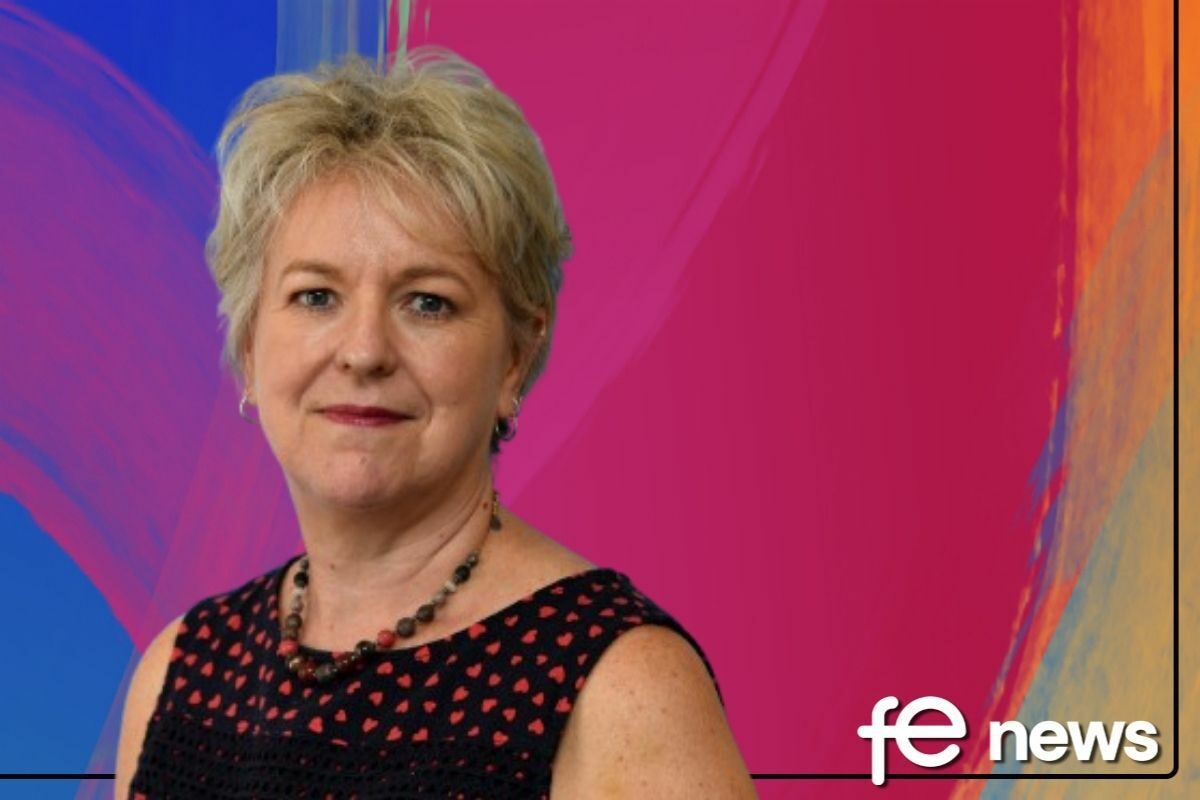Submitting and checking a return
There are a number of reports in COLLECT which you should use to check your data.
You can access your reports using the ‘launch reports’ button on the school ‘source page’ of COLLECT. Some reports only get updated overnight.
Find out how to run these reports in the COLLECT guides for schools and local authorities.
Available COLLECT reports
The COLLECT early years funding report will contain a full breakdown of the pupil numbers from the 2023 AP census. We will use this to calculate the early years block element of your dedicated schools grant (DSG) allocation for the financial year 2023 to 2024.
The funding report is available to run throughout the collection. It reflects the position from COLLECT as at close the previous working day.
Early years pupil premium funding report
The COLLECT funding reports will contain a summary of the numbers of pupils in receipt of the early years pupil premium as reported on the 2023 AP census.
High needs funding report
The COLLECT high needs funding report will contain a full breakdown of the pupil numbers with an EHC plan or SEN support recorded with an open placement in an independent school on your 2023 AP census. We will use this to calculate the high needs block element for independent schools of your dedicated schools grant (DSG) allocation for the financial year 2023 to 2024.
The funding report is available to run throughout the collection. It reflects the position from COLLECT as at close the previous working day.
Pupil premium funding report
The COLLECT funding reports will contain a summary of the numbers of pupils reported on the 2023 AP census either:
a period of FSM eligibility since the previous census
recorded as a service child on census day
recorded with an adopted from care value of either:
code A: ceased to be looked after through adoption
code G: ceased to be looked after through a special guardianship order (SGO)
code R: ceased to be looked after through a residence order (RO)
code C: ceased to be looked after through a child arrangement order (CAO)
code O: ceased to be looked after through adoption from state care outside of England and Wales
The funding reports should update daily and take into account the duplicates report. It reflects the position from COLLECT as at close the previous working day.
Eligible pupils
To calculate the numbers of pupils eligible for pupil premium, we look at pupils you have recorded on the AP census as:
service children
eligible for free school meals
adopted from care or leaving care under a special guardianship order, a residence order or a child arrangement order
Funding pupil numbers will be calculated on the same basis as those for the dedicated schools grant.
All pupils will be counted as 1 full-time equivalent irrespective of the full-time or part-time status or funded hours recorded on the census.
Deprivation pupil premium
The 2023 to 2024 deprivation pupil premium will be allocated to pupils with an open placement on January 2023 that have been eligible for free school meals on any pupil level census since spring 2017 (known as FSM ever 6). The national pupil database will be used to map the history of free school meal eligibility for each pupil on roll in the January collections. This will determine the actual numbers of ‘Ever FSM’ pupils eligible for the pupil premium.
It is not possible to provide a COLLECT report during the live census collection period containing details of these pupil numbers for a particular school or local authority. The COLLECT free school meals report will only include those pupils with an open placement reported with a period of free school meal eligibility on the 2023 AP census.
Service child pupil premium
For 2023 to 2024, the service child pupil premium will be based on pupils with an open placement recorded on roll in the January 2023 AP census who are either:
recorded as a service child in either January 2018, January 2019, January 2020, January 2021, January 2022 or January 2023
in receipt of a War Pension Scheme or Armed Forces and Reserve Forces Compensation Scheme pension from the Ministry of Defence (MoD) as a result of injury, illness or death caused by service[footnote 1]
The extension of the service child pupil premium outlined above will not affect the data required from schools via the 2023 census collections as data providers we only expect you to return those pupils currently classed as service children as at census day (19 January 2023). We will then use the information in the national pupil database and Ministry of Defence child pension data to determine the actual numbers of pupils eligible for the service child premium.
It is not possible to provide a COLLECT report during the live census collection period containing details of the service child ever pupil numbers. The COLLECT service child report will only include pupils currently reported as a service child on the 2023 AP census. It will not include:
pupils not currently service children, based on the 2023 census, who have previously been in receipt of the service child premium
pupils in receipt of a pension from the Ministry of Defence
Adopted from care pupil premium
The adopted from care pupil premium will be paid to those pupils on roll on the AP census who:
were looked after immediately before adoption
left care on a special guardianship order (SGO)
left care on a residence order (RO)
left care on a child arrangement order (CAO)
LA summary report
The LA summary report provides local authorities with an overview of the data within their return. The return is too large to be viewed in full, so the summary will allow you to check that the data is accurate and complete.
We strongly recommended that you inspect the summary report carefully, paying particular attention to the sections that might show that some individual pupil data has not been entered such as:
free school meal eligibility
the number of pupils with SEN
data items marked [used for funding]
It’s vital that you check the accuracy of the data in this summary report. It is the data submitted to us as an accurate record of the situation as at census day.
You should check and verify these funding reports with local authority finance officers before the AP census database closes. It’s not possible to make amendments to your return after this date.
Queries with the funding report
If you have any queries about the use of AP census data for LA funding, complete a service request form.
AP duplicate record report
The ‘duplicate record’ report includes all cases where there appears to be duplication of a pupil based on the characteristics, for example, surname, forename, middle name, date of birth and gender, or where there is more than one record where the UPN is the same.
Reports available
Local authorities can access reports through COLLECT showing:
all pupils where a duplicate pupil has been identified within your own authority
all pupils where a duplicate pupil has been identified within your authority and also in another authority
Identifying duplicates
For each duplicate pupil identified, the report will contain the following details for each pupil should be shown on the report:
unique pupil number
pupil/child surname
pupil/child preferred surname
pupil/child forename
pupil/child middle names
postcode
date of birth
gender
local authority number (if different from the local authority the report is being run for, otherwise blank)
Correcting duplicates
To correct duplicates, local authorities should make the changes on their return and re-submit.
Where it is the same pupil, they should have the same UPN and you will need to amend one record.
Changes could include:
same pupil: change one of the UPNs
different pupils: change UPN
one record is entered in error: delete one of the record
same pupil but one of the records should show their placement as closed: amend the appropriate record
LA summary report
The LA summary report provides local authorities with an overview of the data within their return. The return is too large to be viewed in full, so the summary will allow you to check that the data is accurate and complete.
We strongly recommended that you inspect the summary report carefully, paying particular attention to the sections that might show that some individual pupil data has not been entered such as:
free school meal eligibility
the number of pupils with SEN
data items marked [used for funding]
It’s vital that you check the accuracy of the data in this summary report. It is the data submitted to us as an accurate record of the situation as at census day.
The figures for children in receipt of a War Pension Scheme or Armed Forces and Reserve Forces Compensation Scheme pension from the MoD have been derived by the matching of a list of eligible pupils from the MoD into the National Pupil Database (NPD) based on the pupil name, date of birth and address held by the MoD. Hence only pupils where we have been able to obtain a successful match to a record in the NPD have been included. ↩











Responses